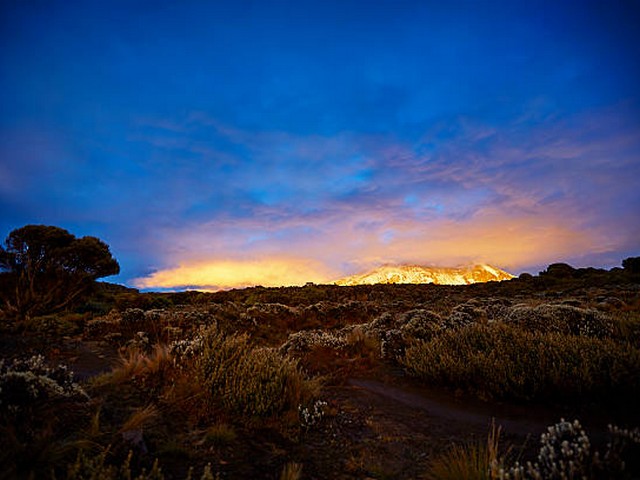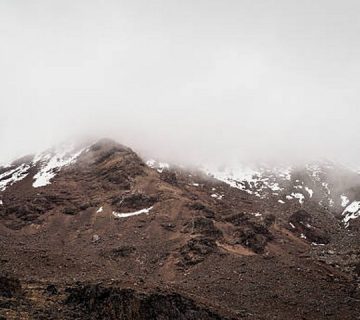Capture the Majesty of Kilimanjaro: A Beginner’s Guide to Photography on Africa’s Roof
Welcome to the stunning world of Mount Kilimanjaro, where every trail leads to breathtaking landscapes and every peak whispers ancient tales. At Kilimanjaro Centre for Trekking and Ecotourism (KCTE), we not only guide you safely up this iconic mountain but also help you capture its beauty through the lens of your camera. If you’re a beginner photographer eager to make the most of your Kilimanjaro expedition, you’ve come to the right place. This guide is designed to equip you with essential tips and insights for taking awe-inspiring photographs of Africa’s highest peak. Let’s start this visual journey together!
Why Photograph Kilimanjaro?
Mount Kilimanjaro is not just a mountain; it’s a canvas of breathtaking scenes. From its snow-capped summit to its lush rainforest slopes, every angle offers a unique story. Photography on Kilimanjaro allows you to preserve your memories and share them with the world. Whether it’s the incredible biodiversity, the dramatic cloud formations, or the cultural richness of the Chagga people, there’s a multitude of subjects waiting to be captured.
Essential Photography Gear for Kilimanjaro
Choosing the Right Camera
While professional DSLRs offer the best image quality, they can be heavy and cumbersome for trekking. Mirrorless cameras are a great alternative as they provide similar image quality but are lighter and more compact.
Lenses Matter
A versatile zoom lens (e.g., 24-70mm) can be invaluable, covering wide landscapes and moderate close-ups. Additionally, a telephoto lens (e.g., 70-200mm) is excellent for wildlife and distant scenes.
Don’t Forget the Accessories
- Tripods: A lightweight, travel-friendly tripod is crucial for long exposures and stable shots.
- Batteries and Memory Cards: Cold weather can drain batteries quickly, and high-resolution photography consumes significant memory. Bring extras.
- Protective Gear: Ensure you have waterproof bags or cases to protect your equipment from the elements.
Best Photographic Spots on Kilimanjaro
Uhuru Peak
The summit of Kilimanjaro, Uhuru Peak, offers unrivaled sunrise views. Capturing the sun rising over the curvature of the earth, with glaciers glinting in the early light, is truly spectacular.
Shira Plateau
The expansive views and unique vegetation make Shira Plateau a paradise for landscape photography. The plateau provides a panoramic view of the mountain, perfect for golden hour photography.
Barranco Wall
This imposing natural structure is a fantastic subject for dramatic photography. Early morning is the best time to capture the texture and detail of the wall with soft, diffused light.
Photography Tips for Kilimanjaro Beginners
Understand Your Camera
Before you embark on your trek, familiarize yourself with your camera’s settings. Practice using different modes, such as manual and aperture priority, to find what best suits the mountain’s varying lighting conditions.
Play with Perspectives
Try different angles and compositions. Kilimanjaro’s diverse environments offer unique opportunities to experiment with scales, such as framing a fellow trekker against vast landscapes to emphasize the mountain’s grandeur.
Respect the Environment and Culture
While capturing the beauty of Kilimanjaro, be mindful of the natural habitat and the local communities. Always ask for permission before photographing local people or cultural sites.
Join a Photographic Tour with KCTE
At Kilimanjaro Centre for Trekking and Ecotourism, we offer specialized photographic tours led by expert guides who are also skilled photographers. These guides know all the secret spots and the best times to capture that perfect shot. Booking your climb with KCTE ensures not only a memorable adventure but also that you come back with a collection of photos that truly capture the essence of Kilimanjaro.
FAQs: Kilimanjaro Photography for Beginners
What is the best time of year to photograph Kilimanjaro?
The best times are during the dry seasons, from late June to October and from late December to early March. Clear skies and minimal rainfall provide the best conditions for photography.
How physically prepared should I be?
Kilimanjaro is a demanding climb, and you need to be reasonably fit. Not only will this make your trek more enjoyable, but it will also allow you to focus more on your photography.
Can I rent photography equipment in Tanzania?
Yes, several outlets in Arusha and Moshi offer rental services for cameras and lenses. However, availability can be limited, so it’s best to bring your own equipment if possible.
Do I need special insurance for my photography equipment?
Yes, it’s advisable to have insurance that covers your gear, especially given the rugged nature of a Kilimanjaro trek.
Capture Your Kilimanjaro Experience with KCTE
Embarking on a Kilimanjaro trek is a once-in-a-lifetime adventure, and capturing it through photography makes it even more memorable. At Kilimanjaro Centre for Trekking and Ecotourism, we are committed to providing you with an unforgettable journey filled with breathtaking sights and photographic opportunities. Join us, and let Kilimanjaro’s majestic beauty unfold before your eyes. Book your photographic trek today and bring home more than just memories—bring back a piece of Kilimanjaro’s soul!
Capture the adventure, the beauty, and the challenge through your lens with KCTE. Your journey to the roof of Africa awaits – a journey both seen and unseen, ready to be discovered and captured by you, the budding photographer. Start your photographic adventure by booking with us today, and let us guide you to the heights of Kilimanjaro!




